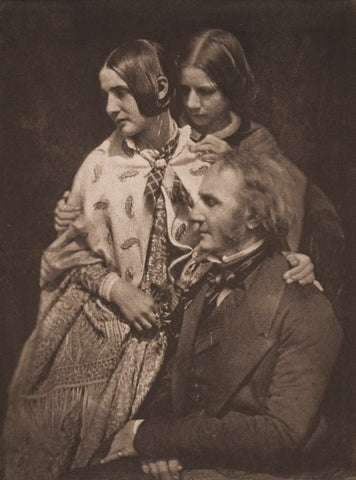
One of the most compelling and creative patterns in western clothing and fabric is the paisley pattern. Men's wear often uses the paisley pattern because it is beloved. Ascot ties with the pattern stand out. Where did this interesting pattern with the iconic pointed-round shape come from and start?
Coming from a Persian background, confusingly the pattern comes from a town in the west of Scotland called... Paisley. You could say Paisley is born of the marriage between Indian and European industry from the 18th century.
Local products for the fashion world were in high demand around Europe, and the small town of Paisley became the leader in exporting muslins (a cotton fabric) and silk gauzes.
With the ability to work for a short amount of hours and make gross amounts of money, Paisley weavers became known for their ability to create these beautiful patterns.
At the time, it wasn't as much about the paisley business as it was the art and culture that grew from these weavers. Free time for weavers bred a wide variety of groups that focused on the finer things in life and culture. From art to poetry, these weavers made their stamp on Scottish culture.
As often seen in the paintings of Ingres, the Kashmir shawl became the number one attraction of the wealthy during this time. These shawls had floral motifs and wefts that were handmade which meant the process to make just two shawls could take as long as a full year.
The wealthy class had to have these shawls, so their value increased as only a few could be created in an extended period of time.
Paisley was the only place in Europe that could produce the highest volume of shawls, as manufacturers struggled to find ways to mass-produce the products which resulted in sub-par output. The focus and hand ability of the weavers could not be reproduced so easily.

A woman wears an original paisley shawl.
Through the 1800s the famous shawls were produced in Paisley, and finally, they were mass-produced by competitors. This expansion of the product meant that it could be adjusted due to demand, so different variations of the shawl became available.
These imitation shawls had Indian and European patterns that began what we view as modern paisley today.
The Scottish town that took these Asian patterns under their wing became linked with the various shawls and eventually the patterns that were produced in other areas of Europe as well. It was the teardrop pattern that we know as paisley today that lives on and eventually entered men's fashion.
The Paisley boom years died on the branch during the Franco-Prussian War in 1870 to 1871. The Kashmiri weavers lost their largest group of customers when the French retreated. To make things worse, a famine ended the lives of hundreds of Indian weavers.
Also, a swing in fashion for women and their new dress styles during this time led to a slow death for the shawl which was notorious for the paisley pattern.
It wouldn't be until the 1960's that we would see the paisley pattern make a strong return to fashion and culture.
